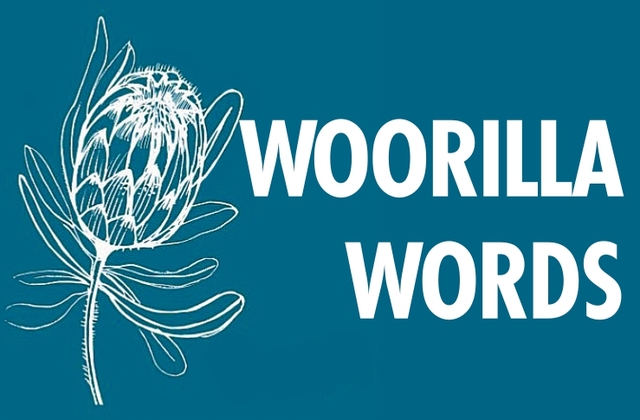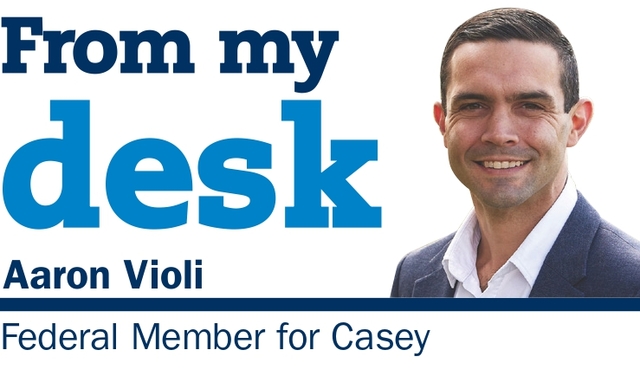Teeth:
In September 1924 James Joyce wrote in a letter to his patron Harriet Shaw Weaver: ‘My mouth is full of decayed teeth and my soul of decayed ambitions.’ At the time, Joyce was living in Paris and struggling with his writing and we can feel his misery and sense of physical and mental exhaustion coming through.
James is known to have had a life long battle with dental issues.
Problems with teeth affect not only the great but most of us at some time in our lives, impacting on work or leisure.
From the telltale red cheek of a teething, crying baby to the grimacing pain of an impacted wisdom tooth to an elderly person with an abscessed tooth reminds us all how often teeth are a source of pain.
Each tooth from the incisors to the molars has a specific function in preparing the food we eat for digestion.
They play a direct role in maintaining health.
Poor oral hygiene can lead to gum disease, which has been linked to heart disease, diabetes, and other serious conditions.
But teeth are of course more than just for chewing food.
They also contribute significantly to facial structure and aesthetics.
They provide support to the cheeks and lips, helping maintain facial symmetry.
When someone loses teeth, it can result in sagging skin or an altered appearance because of changes in bone structure.
Chilean poet, Pablo Neruda’s work often blends the personal with the universal, and in this poem, the tooth becomes a symbol of vulnerability and resilience.
Here I have lived!
Here I have eaten the bread of the world,
I have spoken words and I have lived!
Here I have been!
Here, my teeth, my mouth, my life
Teeth also act as signifiers of social status in various ways both historically and in modern contexts.
The desirability of perfect teeth has become more pronounced in contemporary society, especially as beauty standards are more tightly associated with success and wealth.
Today in the age of social media and celebrity influencers the perfect smile is a must for young people and predominantly young women, anxious to be socially accepted and valued.
People with well-maintained teeth may be perceived as more successful or disciplined, which can influence how they are treated in social and professional settings.
To this end cosmetic dentistry is now pursued by many.
It is not surprising then that there have sprung up across all suburbs dental clinics offering the perfect smile.
As Marilyn Monroe once said: ‘A smile is the best makeup any girl can wear.’
However, there’s an ongoing conversation about whether the widespread pursuit of a perfect smile, driven by cosmetic dentistry trends and social media has led to a loss of individuality.
We may lose some of the natural diversity in our smiles that once signalled unique character overshadowing the quirky or imperfect features that contribute to personal individuality.
Poet, William Carlos Williams, celebrates the significance of a smile in his poem aptly titled The Smile.
He explores the power of a genuine smile and its ability to connect people across barriers.
In one stanza, he writes:
A smile is quite different from a grimace.
Smiles are free but grimaces cost more.
Those who smile may lose all but win much more.
Those who grimace lose all and win nothing.
Parents are obviously conscious of doing the right thing by their children and so now you rarely see someone with a gap between their front teeth or protruding buck/bunny teeth.
This may indeed require correction for more than just cosmetic reasons but there is still disquiet among some that children are sometimes subjected to excessive or unnecessary orthodontic treatment.
And this could set them on a path of braces, teeth whitening to veneers and more.
Care of teeth is often relegated to secondary in importance and whether it’s poor diet, excessive sugary food or lack of oral hygiene, many ignore the role dental health plays in nourishing our bodies and minds.
Humorous poet Pam Ayres laments:
Oh, I wish I’d looked after me teeth
And spotted the dangers beneath
All the toffees I chewed
And the sweet, sticky food
Oh, I wish I’d looked after me teeth.
But for many, particularly those disadvantaged and the elderly, teeth can be not just a source of pain but also the cause of other serious medical problems.
There is an undeniable link between the state of your teeth and your general health: from cardio vascular problems to diabetes can be impacted.
And it is the cost of dental treatment why so many are foregoing regular visits to a dentist.
In 2022-23 almost 16000 Australians over 65 were hospitalised for preventable dental issues, the primary reason being the cost of a visit to the dentist.
When Medicare was introduced in 1984, it was designed to provide universal access to hospital and medical services but did not include dental care.
Instead, public dental services are left to state governments, which operate on limited budgets.
Dentistry was historically seen as a private responsibility rather than an essential public service.
While dental care services—like cleanings, fillings, and extractions—are considered individual responsibilities water fluoridation is regarded as a public health measure aimed at preventing dental decay across an entire community.
Providing universal dental care would be extremely expensive.
Some political parties and health advocates support Medicare for Teeth, arguing that oral health is critical to overall health and should not be treated separately.
The Dental Association is calling on the government to fund a Seniors Dental Benefits Scheme.
It would provide free dental treatment every two years for concession card holders, up to a cap of $1,132.
The policy proposal would also include an oral health aspect to GP check- ups for people over 75.
The Parliamentary Budget Office estimates the Senior Dental Benefits Scheme would cost $1.14 billion in 2025-26 and $1.26 billion the following year, but it would take some of the pressure off hospitals.
While there isn’t a vast canon of poems written exclusively about teeth by famous poets, dental imagery appears frequently in literature, folklore, aphorisms and popular sayings which invite us to reflect on both the literal and figurative importance of our teeth.
Teeth in myth and folklore are fascinating because they symbolise so many things: power, transformation, and even fate.
Different cultures have treated them in unique ways: from the tooth fairy and baby teeth as talismans against bad luck and illness, to vampires and werewolves with their sharp teeth as omens of death and curses. Buddha’s relics supposedly include teeth, symbolising spiritual continuity and reverence.
Could modern dental aesthetics have their own kind of mythos now.
It’s time we accepted teeth as much in need of attention and maintenance as our liver, heart, blood pressure etc and as something requiring the same treatment.







